We may earn money or products from the companies mentioned in this post. This means if you click on the link and purchase the item, I will receive a small commission at no extra cost to you … you’re just helping re-supply our family’s travel fund.
Tourism rises and falls with trust, access, and how safe a place feels. When arrivals slip, the impact is personal. Hotel staff lose hours, guides cancel tours, and small restaurants stall on rent. Fewer visitors also mean less money for conservation and festivals that keep culture alive. Some declines follow conflict, others follow messy logistics or policy shifts. What connects them is fragility, and the simple fact that travel depends on calm skies and predictable ground. The stakes reach from family budgets to heritage sites that need steady care.
Israel

Visitor demand dropped after late 2023 as security risks and uncertainty stayed in the headlines. Pilgrimage groups postponed, conferences shifted online, and family trips vanished from planning calendars. Hotels and guides trimmed staff, while small cafes near historic quarters lost steady footfall. Even as flights return, confidence lags, and the longer the pause, the harder it becomes to rebuild skills, routes, and the quiet rituals that make heritage travel feel effortless.
Lebanon
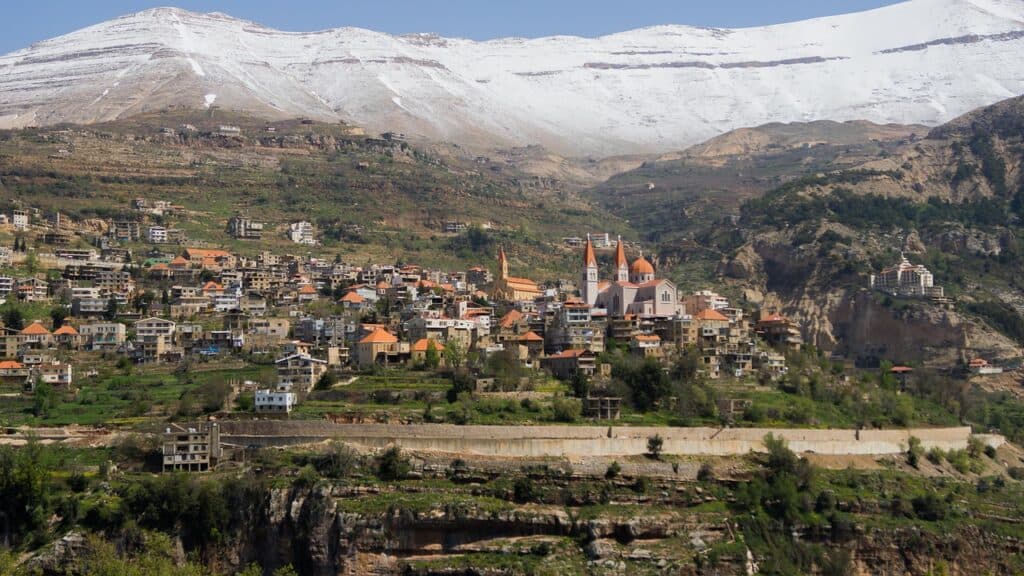
Border flare ups and power outages dented the weekend city break that once anchored Beirut seasons. Seaside guesthouses paused renovations and mountain villages trimmed festival calendars to save cash. Travelers need clear information, working services, and calm nights to commit. Until that baseline holds, cancellations ripple outward, from drivers and caterers to gallery owners who count on curious visitors to bridge the gap between lean months and the brief summer surge.
Jordan
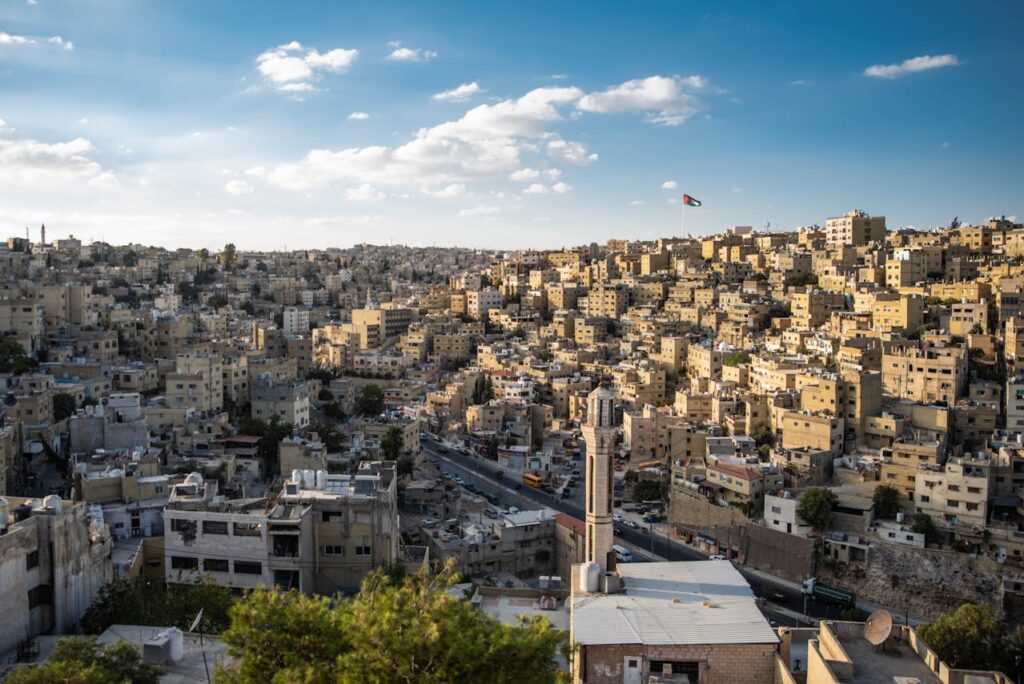
Even stable destinations feel headwinds when a neighbor is at war. Tours to Petra and Wadi Rum rely on regional confidence, and nervous headlines rewrite plans fast. Operators reported thin groups, while desert camps cut shifts to match slower nights. The risk is structural, not just seasonal. Light loads push airlines to rethink schedules, and fewer arrivals mean less funding for conservation that keeps sandstone facades and trails ready for the next wave of guests.
Ukraine
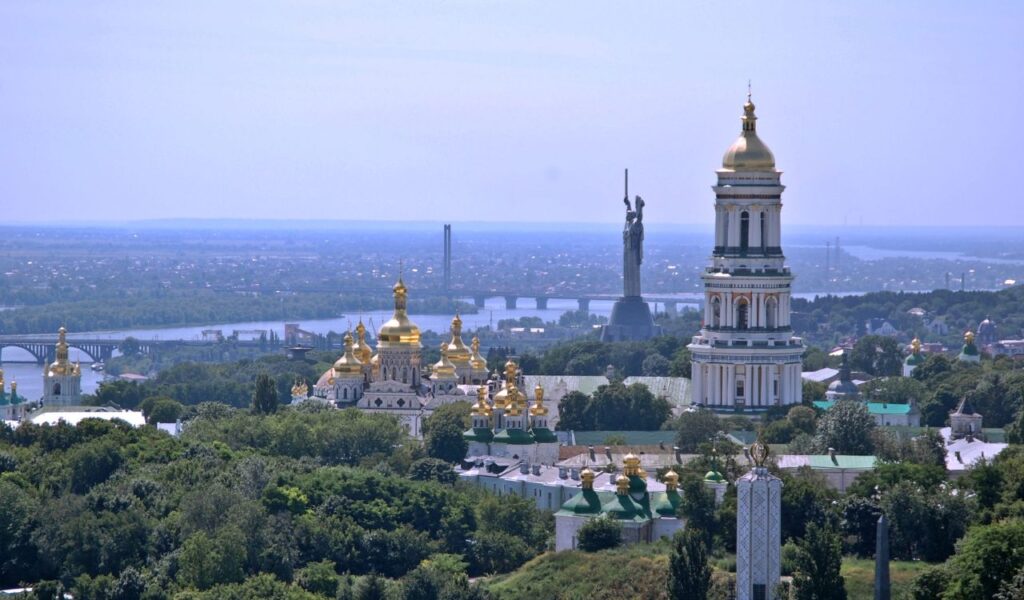
Leisure travel halted with invasion, and what remains is resilience measured in museum packing lists and boarded windows. Cities that sold long weekends now protect archives and staff. The future task is enormous. Air links, trust, and damaged heritage will require steady investment once safety returns. Until then, inbound trips are rare and symbolic, while jobs tied to visitors wait in limbo. Recovery will be a marathon built on patient planning and cultural care.
Russia
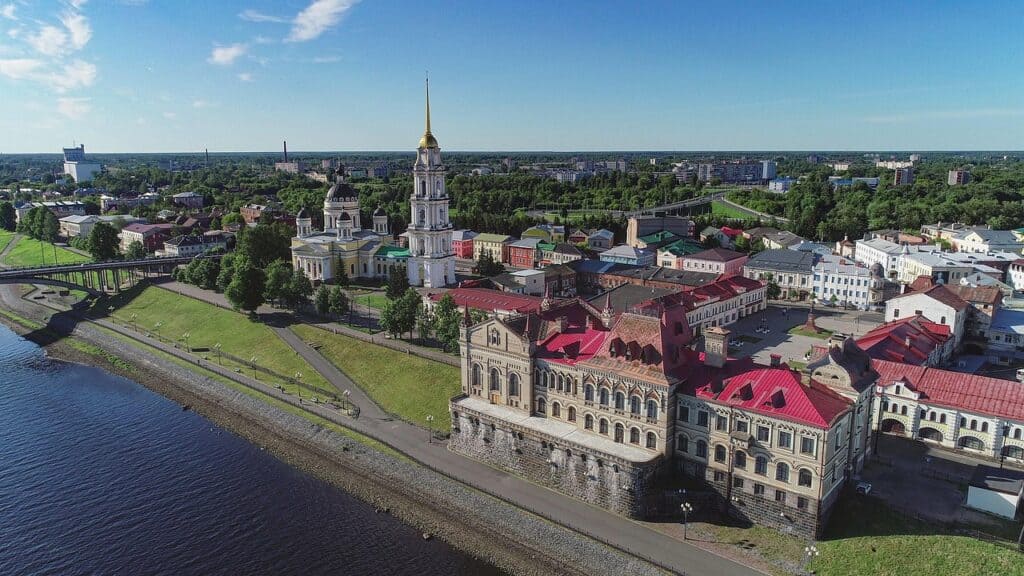
After 2022, sanctions and limited flights thinned international footfall, especially from Western markets. Big cities still draw regional traffic, yet many guides and venues lost the mix of visitors that kept winters viable. Payment friction and event cancellations compound the drag. Even if paperwork eases, reputation takes time to mend, and long haul leisure tends to choose simpler routes. Fewer meetings and fairs also mean fewer reasons to restore pre conflict capacity quickly.
Myanmar
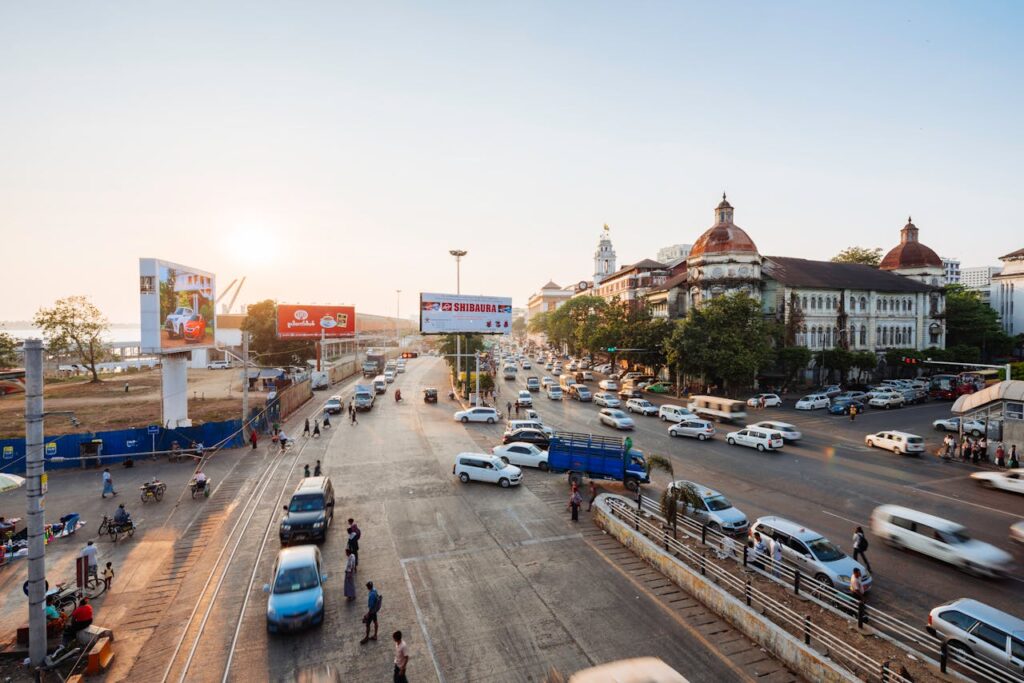
Conflict and uncertainty slowed travel to a crawl, making once classic routes feel out of reach. Treks and temple visits depend on clear advice and safe corridors, neither of which are easy to promise. Households that once split income between farming and guiding face a harder equation. With fewer entry fees, heritage upkeep stalls, and community projects lose momentum. Stability, access, and independent information are the levers that can restart a cautious return.
Haiti

Security breakdowns turned everyday logistics into risks, and tourism paused almost entirely. Cruise calls vanished, hotels shuttered wings, and diaspora travel grew more cautious. The sector had offered one of the fastest paths to local income, from boat hires to market stalls. Without it, livelihoods narrow. Recovery depends on restored institutions and safe corridors that allow basic movement. Only then can visitors, insurers, and airlines commit to rebuilding the travel economy at scale.
Armenia
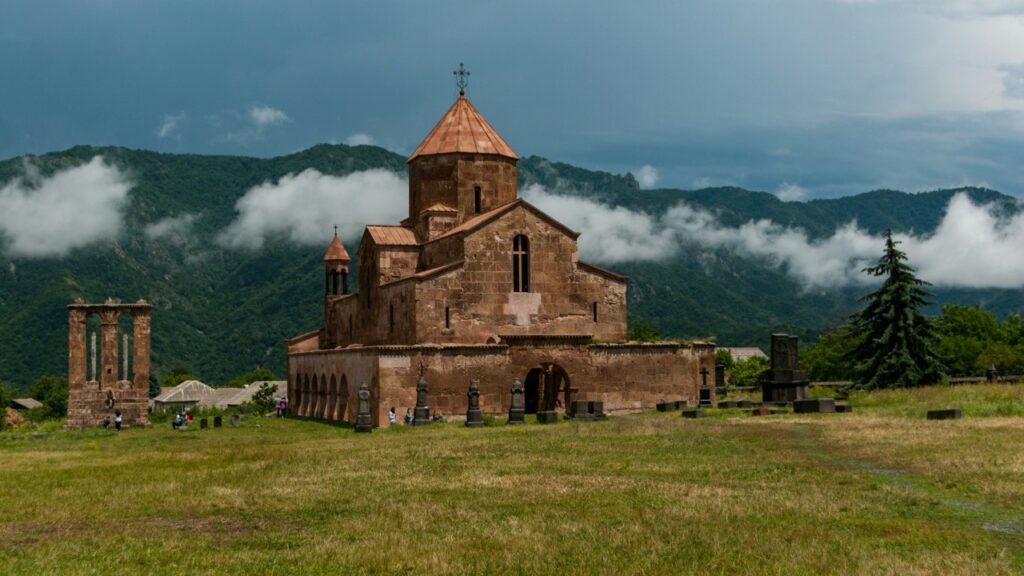
After a strong run, arrivals softened as key feeder markets cooled and regional tensions raised new questions. Wine routes and mountain villages noticed the gap first during shoulder seasons. Overreliance on one market leaves small hotels exposed when currency shifts or rules change. Diversified air links, cross border itineraries, and year round events can spread risk. With those tools, short dips become manageable rather than existential for family run hospitality.
China Inbound

Reopening brought visas and more flights, yet inbound remains uneven for long haul leisure. Capacity constraints, shifting rules, and payment hurdles complicate plans, especially for first timers. Business circuits rebuild faster, while boutique cultural travel waits for easier digital tools and steadier messaging. The opportunity is large but practical. More seats, predictable entry, and simpler transactions could unlock a smoother flow that supports museums and local guides.
Peru

Brief closures and ticket disputes around key sites shook confidence beyond the dates on the calendar. When trains stop or access rules change without notice, entire valleys feel the shock, from porters to guesthouse owners. The path forward is clear. Manage crowds without sudden shutdowns, publish contingency plans, and keep communication crisp. Predictability invites longer stays and returns revenue to conservation so trails, terraces, and stations stay ready for future seasons.
Other Blog Posts You Might Enjoy
www.idyllicpursuit.com (Article Sourced Website)
#Countries #Tourism #Declines #Matters #Idyllic #Pursuit
